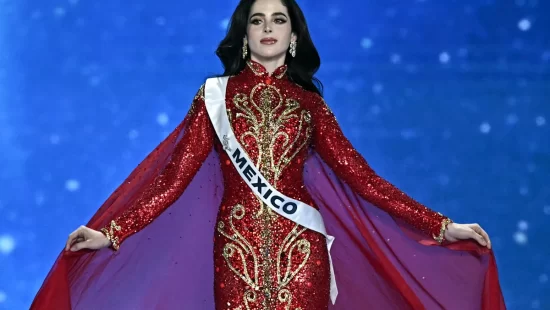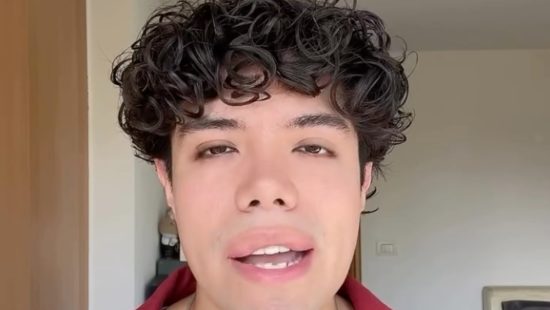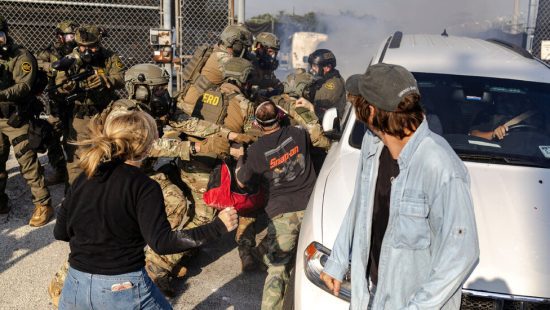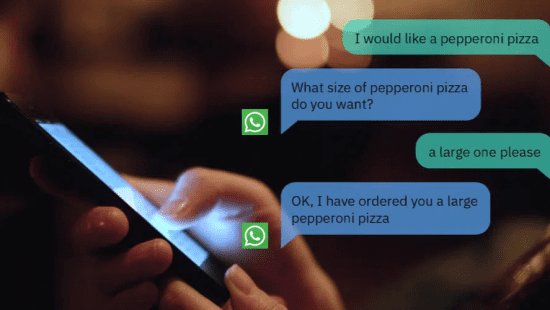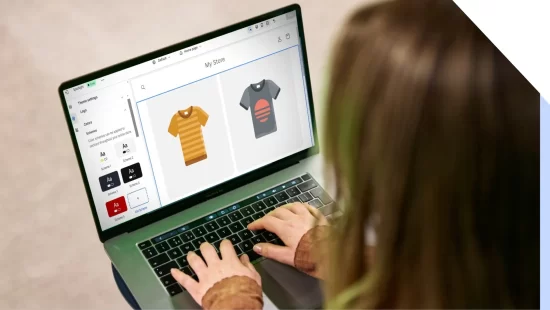Think you don’t need SPF because you don’t burn? Think again—why Latinos are being left out of the sun safety conversation.
Only a quarter of sunscreens on U.S. store shelves offer safe and effective protection, according to the 2025 Sunscreen Guide by the Environmental Working Group (EWG). While much of the public debate around sunscreen has focused on ingredients and SPF values, one crucial demographic often left out of the conversation is the Latino community—and more broadly, people with brown or darker skin.
Many Latinos are raised with the common misconception that melanin offers full protection from sun damage. “Our community has long been told that brown skin doesn’t burn, that we’re naturally protected,” said Dr. Gabriela Torres, a dermatologist and public health advocate based in Los Angeles. “But the truth is more complex—and far more dangerous than we realize.”
It’s true that melanin, the pigment that gives skin its color, offers some natural protection from UV rays. Research shows that darker skin has an SPF equivalent of about 13, while fair skin offers an SPF of about 3. But this does not mean that brown skin is immune to damage. In fact, UV radiation still penetrates and harms deeper layers of skin regardless of pigmentation—leading to premature aging, hyperpigmentation, and, in some cases, skin cancer.
The American Academy of Dermatology (AAD) warns that while melanoma is less common in people with darker skin, it is often diagnosed at later stages, making it more deadly. According to a 2022 CDC analysis, Latinos are 20% more likely to die from melanoma than non-Hispanic whites, despite having lower overall incidence rates. Late detection, lack of awareness, and insufficient targeted prevention campaigns all contribute to this alarming trend.
The EWG’s new report reviewed over 2,200 sunscreens and found that only one in four provided both effective UVA/UVB protection and avoided potentially harmful chemical ingredients. But for many Latinos, the problem goes beyond chemical content—it’s about accessibility, affordability, and appearance.
“A lot of the mineral sunscreens that are safest leave a white or gray cast on the skin,” said Dr. Torres. “For people with brown or dark skin, this isn’t just cosmetic—it’s a deterrent. It’s why many of my patients avoid daily use.”
Some chemical sunscreens can absorb into the bloodstream and have raised safety concerns, especially with ingredients like oxybenzone, which the FDA has flagged for further review. These compounds have been linked to hormonal disruptions, particularly concerning for vulnerable populations including adolescents and pregnant individuals.
Latino communities in the U.S. are more likely to work in outdoor jobs such as construction, agriculture, and landscaping—yet are less likely to have regular access to high-SPF, mineral-based sunscreens. According to a 2023 Pew report, only 15% of Latinos surveyed reported using sunscreen regularly, compared to 45% of non-Hispanic whites.
“Sun safety isn’t just about product choice—it’s about education and equity,” said Dr. Marisol Vega, a public health researcher who studies environmental health disparities. “We need bilingual outreach, culturally appropriate messaging, and free or low-cost sunscreen distribution at schools, worksites, and clinics.”
What Latinos Should Know
- No skin tone is immune to UV damage. Even if you rarely burn, cumulative exposure still increases your risk of skin aging and cancers.
- Look for mineral sunscreens with tinted options. These blend better on brown skin and use zinc oxide or titanium dioxide—safer and more environmentally friendly ingredients.
- SPF 30 is usually sufficient. Higher numbers don’t offer dramatically more protection and can be misleading.
- Sunscreen is only one part of protection. Hats, sunglasses, shade, and clothing are crucial—especially for those working outdoors.
Advocates are calling on the FDA to not only speed up the safety review of chemical sunscreen ingredients but also to consider how product testing, labeling, and marketing can better reflect the needs of diverse communities. “Latinos and other people of color are being left behind in both the science and messaging,” said Dr. Vega. “That needs to change.”
Until then, dermatologists recommend that Latino families take sun protection seriously—especially for children, whose skin is more vulnerable to long-term DNA damage. As the climate warms and UV levels rise, the need for inclusive and safe sun care has never been more urgent.
Bottom Line: Brown skin does not equal invincibility. Latinos must be part of the national conversation on sun safety—not just as an afterthought, but as a priority. Safe, effective, and inclusive sunscreen protection is not a luxury—it’s a public health necessity.


